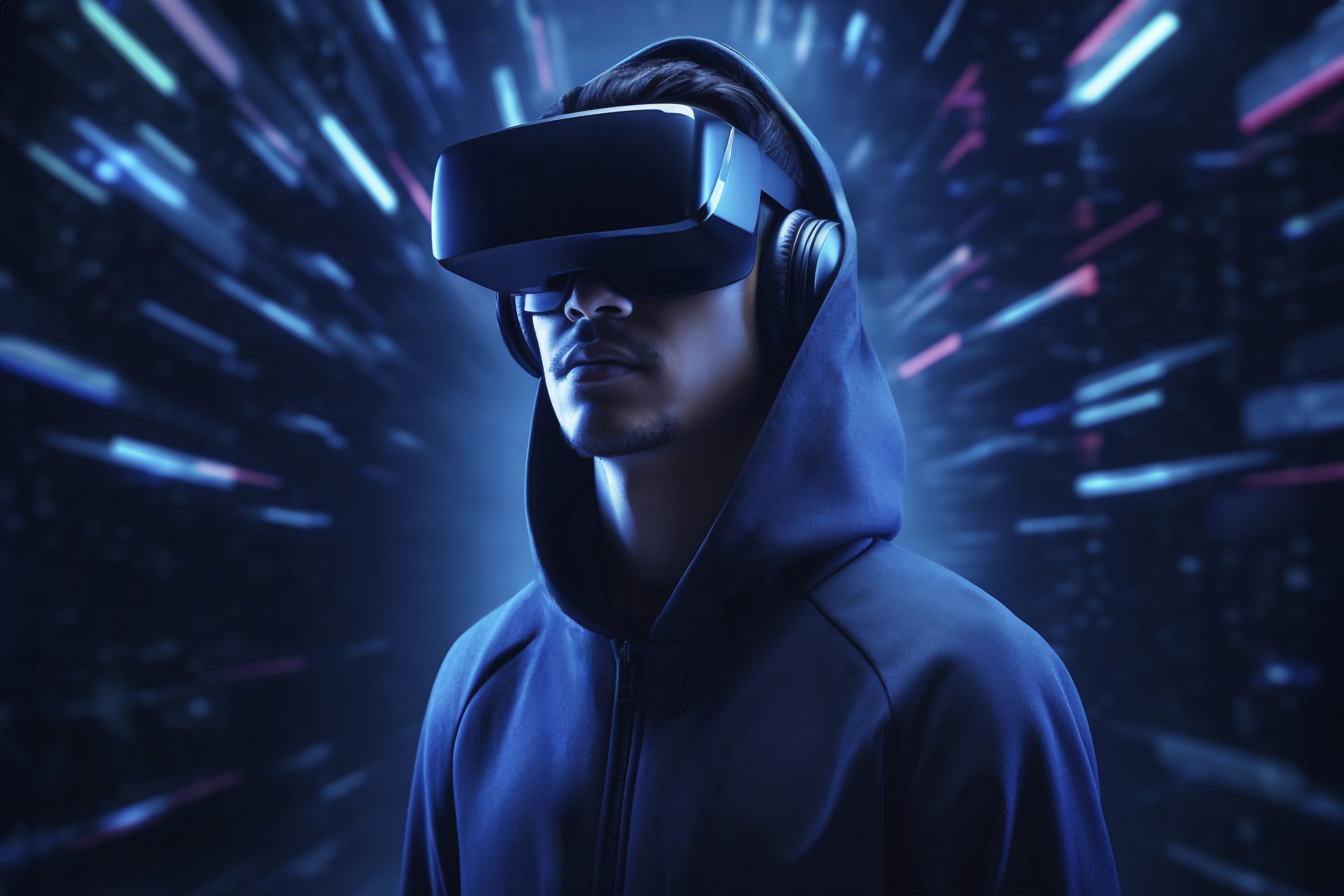
Real estate marketing has always evolved alongside technology, from printed brochures to glossy 3D renders. But today, a new visual language is taking over; one that lets buyers step inside a property before it’s even built. This new language is based on AR (Augmented Reality), VR (Virtual Reality), and XR (Extended Reality). These technologies are changing how developers, architects, and marketers communicate space, design, and emotion.
In this article, we’ll explore how immersive tech is reshaping real estate marketing, why it’s becoming essential, and how brands can leverage virtual property tours in real estate to create meaningful experiences that turn curiosity into commitment.
There was a time when property marketing meant floor plans, static renders, and brochures. Today, buyers want more than just visuals. They want to feel what it would be like to live in that space.
AR in real estate marketing allows potential buyers to visualize furniture, textures, and finishes inside an empty room just by pointing their phone camera.
VR in real estate marketing takes it a step further, enabling full-scale, interactive walkthroughs of spaces that might not even exist yet.
XR (Extended Reality) combines the best of both, merging real-world and virtual environments for a seamless experience.
As a result, real estate marketing has moved from telling stories to immersing people in them.
Immersive technologies are not just futuristic gadgets. They provide practical solutions to longstanding industry challenges. Here’s why they matter:
Virtual property tours help buyers make quicker decisions. They can explore multiple units without visiting in person, saving time for both sides. According to several studies, properties that use VR in real estate can sell up to 30% faster.
For international buyers or investors, VR in real estate eliminates geographical limits. They can experience a project from across the globe, interactively and in real time.
Instead of physically furnishing multiple demo apartments, developers can use AR in real estate marketing to display different interior design styles at a much lower cost.
More than just visuals, immersive experiences spark emotions. Buyers can “feel” the morning light in their living room or imagine a family gathering in their dining space. It’s not just marketing; it’s creating memories.
Immersive tech is used throughout every stage of the real estate marketing funnel.
Virtual property tours in real estate let buyers walk through spaces, switch finishes, or check out different floor plans. These experiences make digital sales presentations much more persuasive than traditional slides.
AR brings spaces to life in real time. Buyers can hold their phone over a 2D floor plan and instantly see a 3D model of the building. They can rotate, zoom, and explore with ease.
Developers can now market unbuilt projects with confidence. Before construction starts, VR in real estate helps clients and investors visualize exactly what they are investing in.
Architects, designers, and clients can meet virtually inside the same 3D space. This cuts down on revisions, speeds up approvals, and makes collaboration more efficient.
XR (Extended Reality) is where AR and VR converge. It offers a hybrid experience that blends physical and digital spaces. Imagine standing at an under-construction site with a headset that overlays the final interiors in real time. That’s XR, bridging imagination and reality.
The top martech agencies in India are already integrating XR in real estate campaigns. From on-site installations to interactive digital showrooms, these tools are turning passive marketing into engaging experiences.
At its core, real estate marketing is still about connection. Immersive tech doesn’t replace human storytelling; it amplifies it. AR and VR help bring emotions to life, allowing buyers to imagine living in a space long before they sign a contract. This is how marketing transforms into experience, and experience builds trust.
The future of real estate marketing belongs to those who can merge technology with emotion. AR, VR, and XR are not just buzzwords. They are the new language of architectural storytelling. They empower brands to showcase properties not through imagination, but through experiences.
As a top martech agency in India, our expertise lies in creating these immersive environments, from virtual property tours in real estate to AR-powered architectural visualizations and interactive XR experiences. If you’re ready to transform your real estate marketing strategy and offer your buyers a preview of the future, it’s time to step into the immersive world of AR, VR, and XR in real estate marketing.